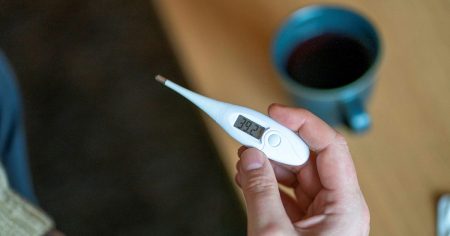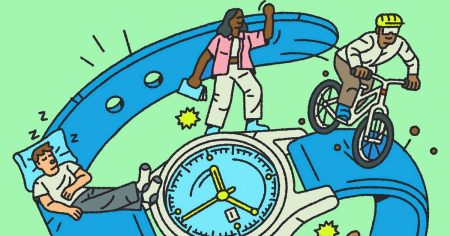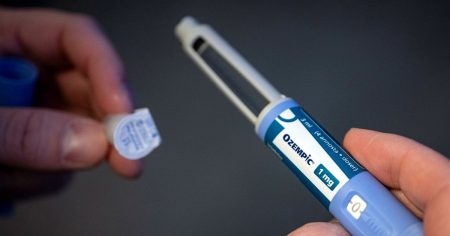Ludde, a seven-year-old Golden Retriever, is a beloved member of the psychology department at Stockholm University. For several years, he has served as a therapy dog, bringing smiles and comfort to students and faculty alike. His primary role, however, is as a key player in phobia treatment, particularly for cynophobia, the fear of dogs. During phobia sessions, Ludde calmly occupies a prominent position, allowing patients to confront their deepest fears in a safe and controlled environment. Professor Per Carlbring, Ludde’s owner and a clinical psychology professor, guides the sessions, emphasizing the importance of both exposure and verbalization of fears. Patients are encouraged to explore their catastrophic thoughts and anxieties related to dogs, expressing their worries about attacks or other negative interactions. By confronting these fears and experiencing the positive reality of a calm and friendly dog, patients learn to manage their anxiety and overcome their phobia.
Ludde’s role in phobia treatment involves a structured approach typically consisting of three sessions. The first session involves an in-depth discussion of the patient’s fear, allowing them to articulate their anxieties and anticipated catastrophic outcomes. The second session, lasting around three hours, is the core of the exposure therapy. Patients gradually interact with Ludde, starting with simple observation and progressing to closer proximity, touching, playing, and even spending time alone with him. This controlled exposure allows patients to realize that their feared consequences do not materialize, leading to a reduction in anxiety. The final session is a follow-up, reinforcing the progress made and equipping patients with coping strategies for future encounters with dogs. Professor Carlbring emphasizes that there is no fixed endpoint in phobia treatment; the goal is to achieve a level of comfort and functionality that allows individuals to navigate real-world situations involving dogs.
The use of dogs like Ludde in therapeutic settings is part of a growing trend of animal-assisted interventions in healthcare, education, and social care. Social service dogs, including Ludde, undergo specialized training with their handlers to assist individuals with various support needs. These dogs are categorized into different roles, such as visiting dogs, therapy dogs, school dogs, and care dogs. Sara Karlberg, founder of the Swedish Therapy Dog School, highlights the increasing prevalence of these trained dog teams in diverse settings, particularly in schools and therapeutic environments. She notes the positive impact of such interventions, citing a research report from the Swedish University of Agricultural Sciences (SLU) and Uppsala University demonstrating improved academic performance, mental well-being, and reduced absenteeism among students who interact with social service dogs.
The benefits of animal-assisted interventions extend beyond phobia treatment. The simple act of petting a dog releases oxytocin, a hormone known for its stress-reducing and anxiety-relieving properties. This can contribute to improved concentration and learning in children, as well as reduced anxiety and depression in various populations. Ludde, in addition to his role in phobia treatment, provides comfort and support to Professor Carlbring, particularly during challenging times. He is a testament to the deep bond between humans and animals and the profound impact animals can have on our well-being. His presence at the university brings joy and a sense of calm to the environment, highlighting the multifaceted benefits of incorporating animals into therapeutic and educational settings.
Beyond his therapeutic duties, Ludde is also the inspiration behind a research project called Lucid Universal Digital Dog Exposure. This project aims to explore the effectiveness of virtual reality (VR) in treating cynophobia. The VR approach offers the advantage of tailoring treatment to individual needs and specific fears, allowing patients to confront virtual dogs in carefully controlled environments. The app, currently under development, will offer various customization options, including the breed of dog, its activity level, and the environment of the interaction, such as a confined space like an elevator. This research holds promise for expanding access to effective phobia treatment and personalizing the therapeutic experience. Professor Carlbring himself overcame a childhood fear of dogs stemming from a negative experience, showcasing the possibility of conquering such phobias and even developing a fondness for dogs.
Ludde’s story extends beyond his role as a therapy dog. He is a cherished family member, a running companion, and even a former phobia patient himself. Professor Carlbring recounts Ludde’s own successful treatment for his fear of tarantulas, achieved through the same gradual exposure therapy used with human patients. This exemplifies the universality of the principles of behavioral therapy and the remarkable capacity for overcoming fear, regardless of species. Professor Carlbring regards Ludde as a role model for a balanced and fulfilling life, emphasizing his ability to live in the present moment without dwelling on past anxieties or future worries. Ludde’s presence at Stockholm University is a testament to the therapeutic power of animals and the multifaceted ways they can enrich our lives. He embodies the potential for positive change through therapeutic intervention and serves as a constant reminder of the importance of living with presence and joy.














